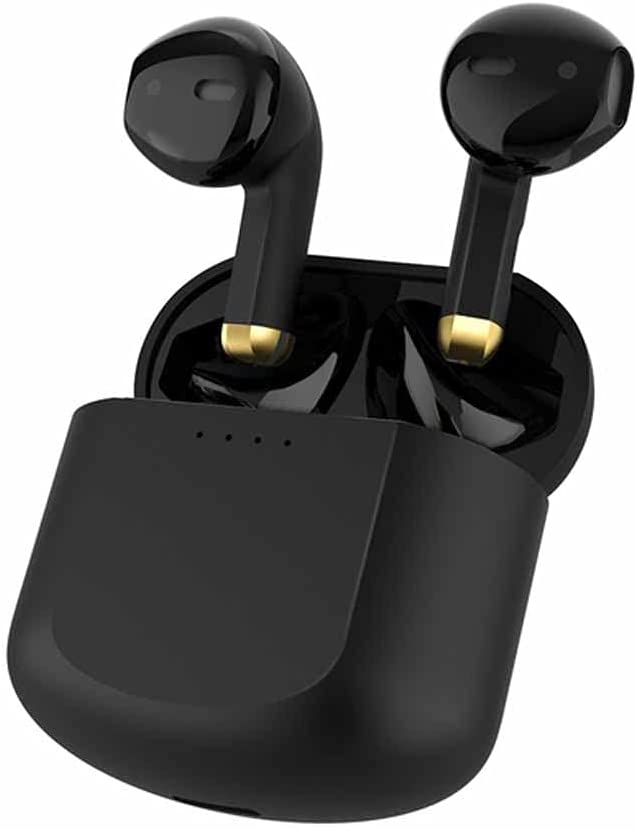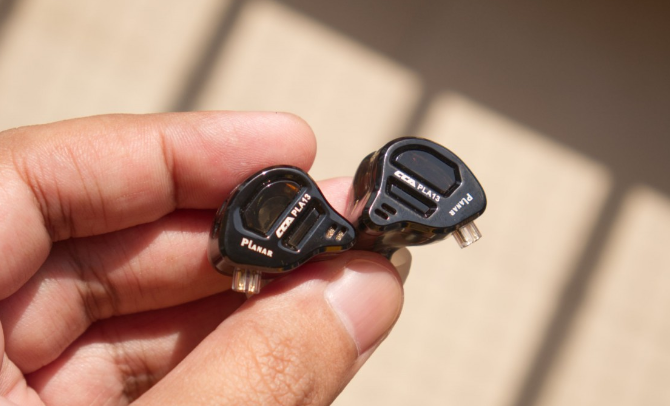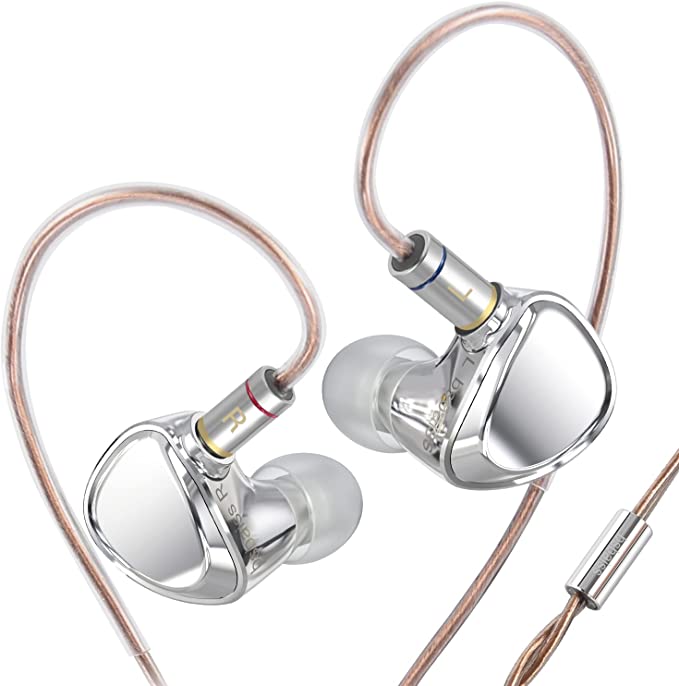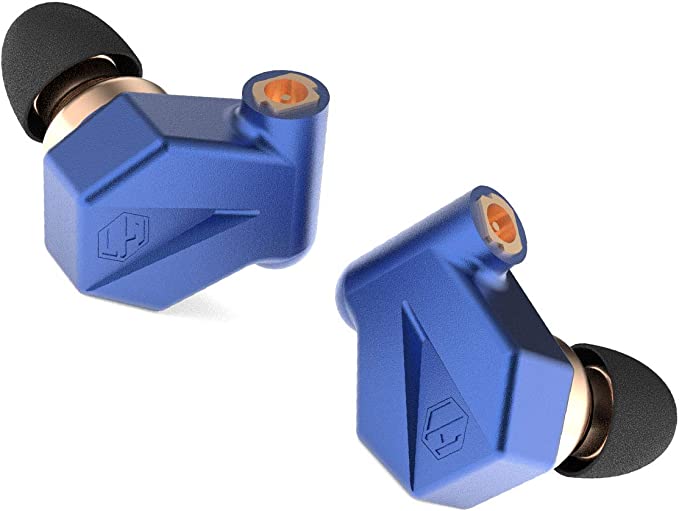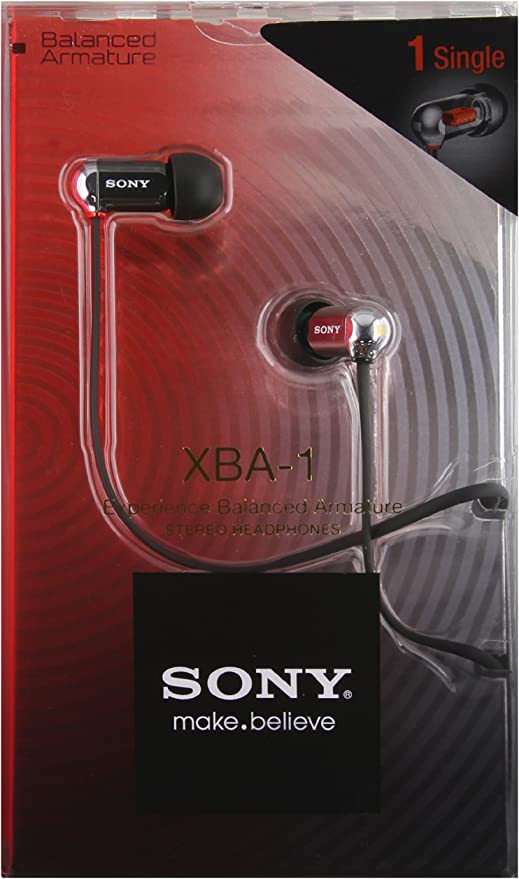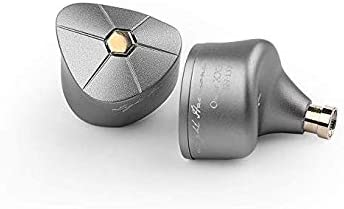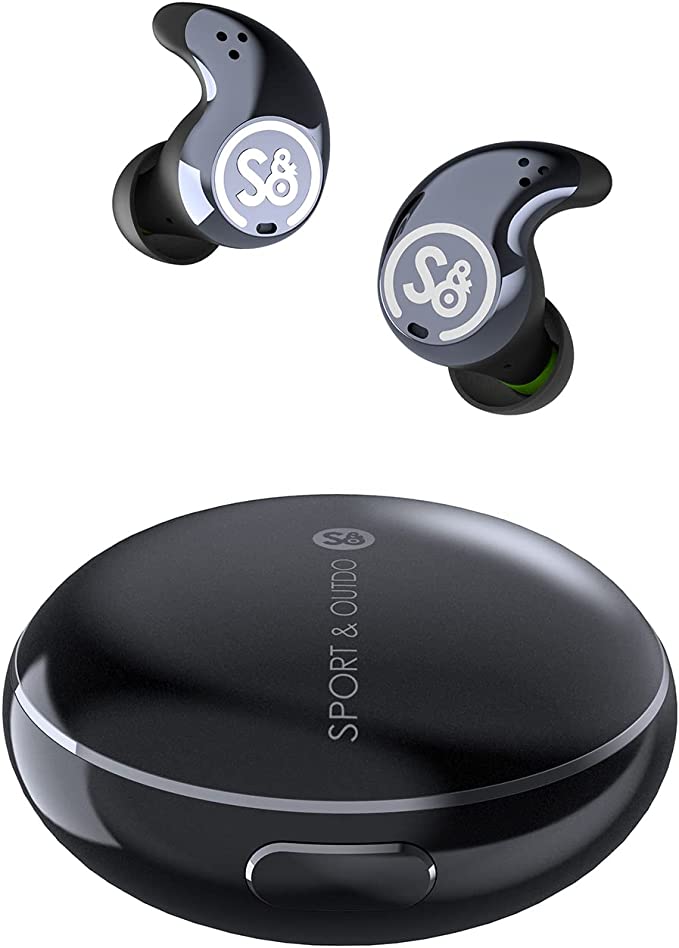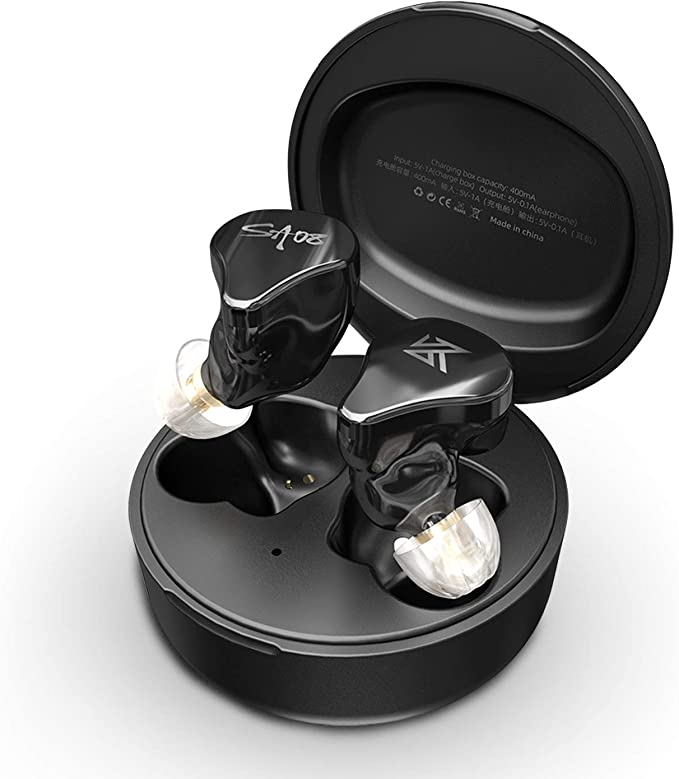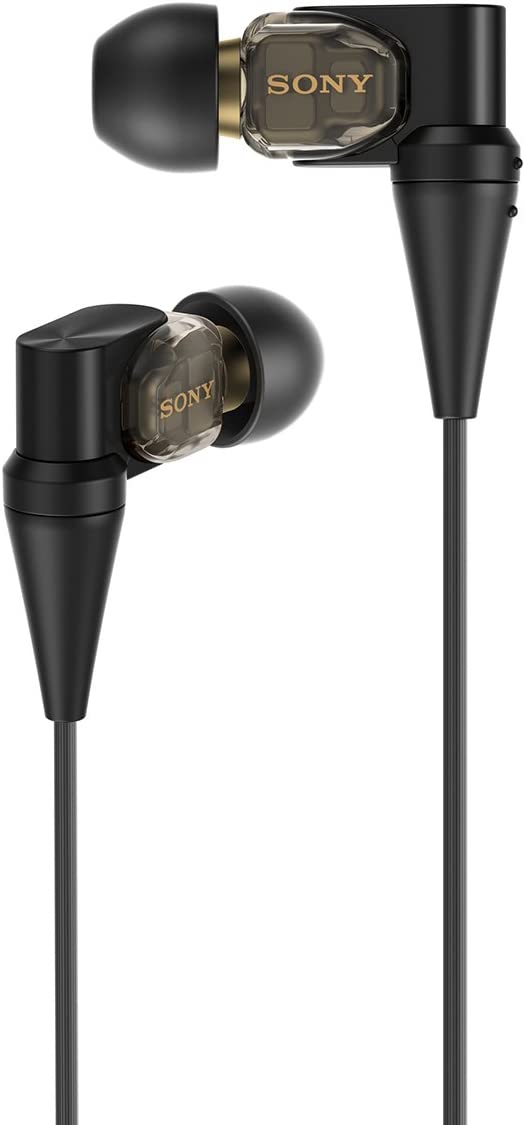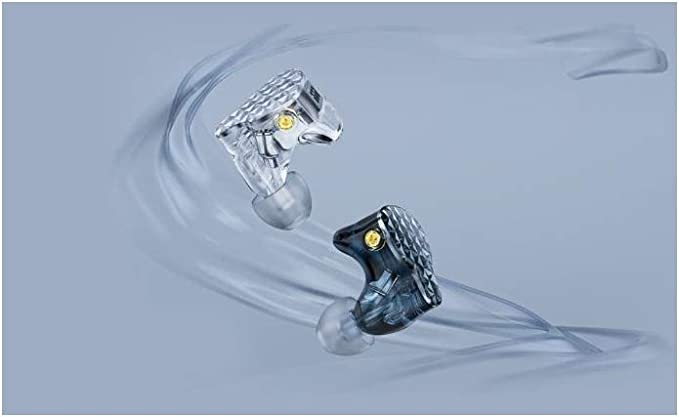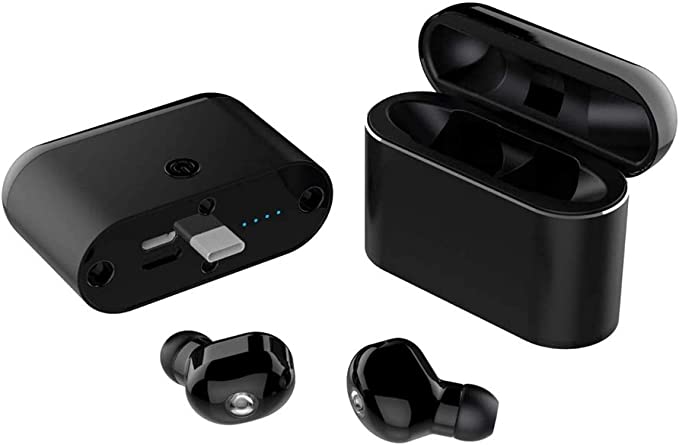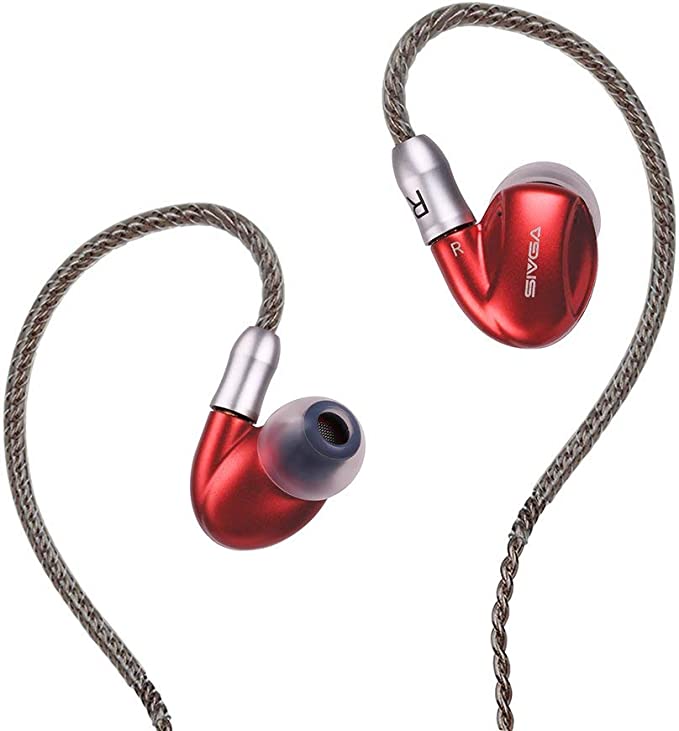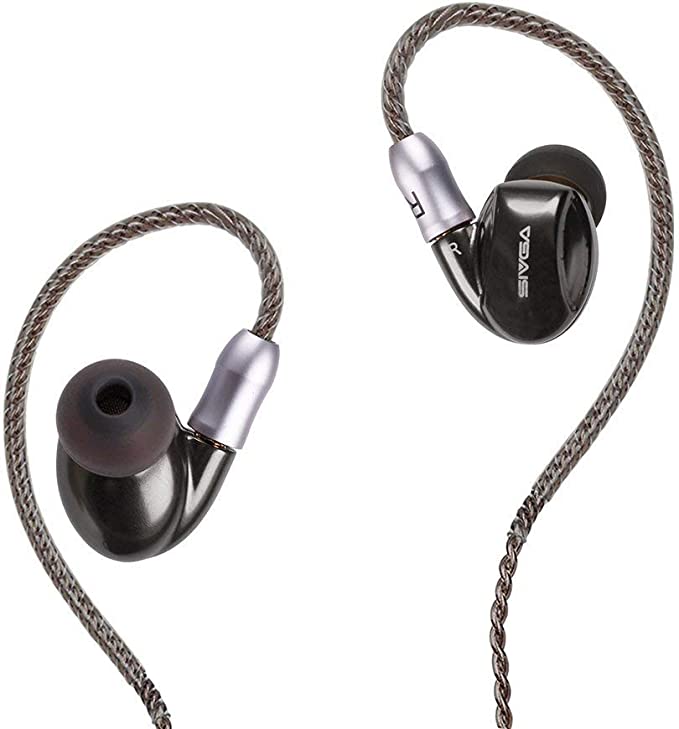The Driver Debate: Why Your Next IEM Might Have 16 Balanced Armatures
Update on Nov. 14, 2025, 6:56 a.m.
Navigating the world of high-fidelity audio can feel like walking into a technical arms race, especially in the In-Ear Monitor (IEM) market. You’ll see some highly-regarded models with a single driver, while others boast of 8, 10, or even 16 drivers crammed into a tiny earpiece. This inevitably leads to a crucial question: Is this just a marketing gimmick, or is there a genuine scientific purpose behind this complexity?
This “driver war” isn’t about numbers; it’s about two fundamentally different engineering philosophies for reproducing sound. To understand why a product like the YINYOO KZ AS16 PRO is built with eight balanced armature drivers per side, we first need to deconstruct the two types of “engines” that power modern earphones.
The “All-Rounder”: The Dynamic Driver (DD)
The vast majority of earbuds in the world use a single Dynamic Driver (DD). This is technology you’re already familiar with—it’s a miniature version of a traditional speaker. It works by attaching a voice coil to a cone-like diaphragm. When an electrical current passes through the coil, it moves the diaphragm back and forth, pushing air to create sound waves.
- Strength: A single, well-made dynamic driver can, by itself, cover the entire audible frequency spectrum (20Hz to 20,000Hz). They are particularly adept at moving large amounts of air, which gives them a physical authority in the low-end, producing the rich, powerful, and “warm” bass that many listeners love.
- Limitation: Like any all-rounder, it faces physical compromises. The same diaphragm material that needs to be stiff enough to produce deep bass must also be light and fast enough to reproduce delicate, ultra-high-frequency details. At high speeds or with complex music, a single driver can struggle, potentially leading to distortion or a “smearing” of fine details.
The “Specialist”: The Balanced Armature (BA) Driver
This is where the Balanced Armature (BA) comes in. Originally pioneered for hearing aids, BAs are marvels of micro-engineering. They work on a completely different principle.
Inside a BA, a tiny reed (the “armature”) is balanced between two magnets, wrapped in a coil. When the audio signal flows through the coil, it causes the armature to pivot rapidly. This movement is transferred by a tiny drive rod to a stiff, small diaphragm, creating sound.
- Strength: BAs are incredibly small, light, and fast. Their low mass allows them to respond to electrical signals with breathtaking precision. This makes them masters of detail, speed, and texture, especially in the midrange and treble frequencies. They can render the subtle rasp of a voice or the metallic shimmer of a cymbal with analytical clarity.
- Limitation: A single BA driver has a much narrower optimal frequency range. It’s a specialist. A BA designed for treble will sound tinny and thin if forced to produce bass, and a BA designed for bass will be too slow for clear highs.
The “Orchestra” Philosophy: Crossovers and Multi-BA Systems
This limitation is precisely what led to the multi-driver philosophy. If one BA is a world-class violinist and another is a world-class cellist, why not hire both?
This “divide and conquer” strategy is the core of all multi-driver IEMs. An electronic circuit called a crossover network acts as the “conductor.” It takes the incoming, full-range music signal and splits it, sending only the high-frequency information to the treble-focused BAs, the midrange information to the mid-focused BAs, and the low-frequency information to the bass-focused BAs.
This allows each “specialist” driver to operate only in its comfort zone, resulting in: * Lower Distortion: No single driver is being pushed to its breaking point. * Higher Detail: Each frequency range is handled by a driver optimized for it. * Better Separation: You can more easily hear the individual instruments in a complex track.
This brings us to a design like the YINYOO KZ AS16 PRO. A product boasting eight Balanced Armatures per side is a fascinating example of “hyper-specialization.” While the exact internal configuration is proprietary, this design philosophy suggests an attempt to create an incredibly complex crossover. Instead of a simple 3-way split (bass/mid/high), the 8-driver array theoretically allows for a much finer division of labor—perhaps dedicating multiple drivers to sub-bass, mid-bass, lower-mids, upper-mids, and various parts of the treble range.
The stated engineering goal is to deliver “rich details and a wide sound field,” aiming for a level of clarity and instrument separation that a simpler system, or a single dynamic driver, might struggle to achieve.

The Supporting Cast: Cables and Fit
A complex engine like an 8-BA array is useless if its supporting systems fail. Two physical features are critical for its performance:
-
The Cable: The AS16 PRO features a detachable 2-pin cable. This is a hallmark of “prosumer” audio. Its primary benefit is durability and serviceability. The cable is the most common point of failure on any wired earphone. A detachable cable means a snagged or broken wire is a minor inconvenience (requiring a new cable) rather than a catastrophe (requiring a new pair of IEMs). The “high-purity silver-plated” aspect aims to ensure maximum signal conductivity, though the practical benefit of this feature is durability and the option to experiment with different cable materials.
-
The Fit & Isolation: This design is classified as a “Noise Cancelling” earbud, but it’s crucial to understand this refers to Passive Noise Isolation. It does not have (ANC) electronics. Instead, it relies on its “ergonomic design and ear hook” to achieve a tight seal inside your ear canal. This seal is non-negotiable for two reasons:
- It physically blocks outside noise (like an earplug), allowing you to hear the fine details the 8 BA drivers are producing.
- It creates the acoustic chamber necessary for the BA drivers to produce a full bass response. A poor seal will result in a thin, lifeless sound, no matter how many drivers are inside.
The Verdict on the “Driver Wars”
So, is a 16-driver IEM a gimmick? Not at all. It is a deliberate and complex engineering choice. It represents a philosophy of “hyper-specialization,” trading the elegant simplicity of a single dynamic driver for a team of specialists, each tasked with a tiny slice of the audio spectrum.
While more drivers do not automatically equal better sound (a poorly-tuned 8-driver IEM will sound worse than a masterfully-tuned single driver), a well-executed multi-driver system like that suggested by the KZ AS16 PRO offers the potential for a level of detail and transparency that is difficult to achieve otherwise. For the listener, it offers a fascinating glimpse into the intricate science of sound reproduction, where an entire orchestra of drivers is assembled for one purpose: to let you hear everything.



